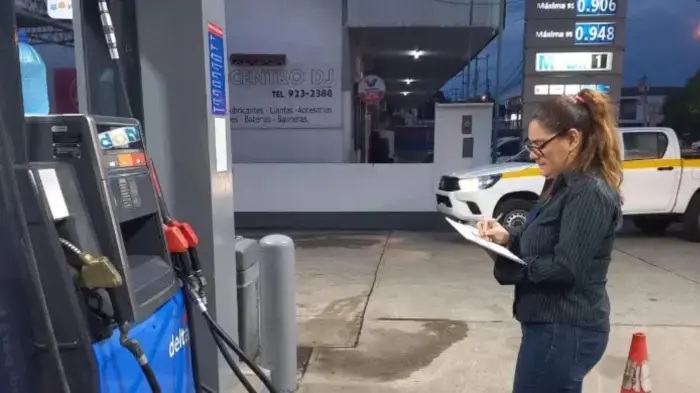How to Comply with Interstate and Intrastate Trucking Regulations

Trucking is not as simple as just loading the goods and driving off. Here, rules are rules, and they can be heavy.
Particularly in the US, the laws are strict, and they have made separate rules for interstate and intrastate travel of trucks. Knowing what rules apply to you and then making sure you follow them is an important factor. So, compliance basically comes down to awareness and discipline. If you know the difference and keep documents, logs, and permits in order, half the battle is already won.
What’s Interstate and What’s Intrastate?
See, it’s basically not confusing, as most truckers say:
- Interstate is when your truck crosses borders. For example, if you are taking goods from Texas to Oklahoma, or even if the load is going outside the state, even though you are driving only inside, this counts as interstate.
- Intrastate is when the trip is only within one state. Like Dallas to Houston, all inside Texas, no border crossing.
But the problem is, sometimes even goods destined for out-of-state can make it interstate even if you didn’t cross the line. That’s where most people get stuck.
Common Challenges Truckers Face
- Confusion about whether the roads are interstate or intrastate. Because sometimes, even a short delivery across state lines can be considered interstate.
- Keeping up with both federal and state rules, people find the paperwork totally confusing.
- Costs of permits, licenses, ELD devices, and insurance, but these are mandatory pieces that they have to carry and produce whenever asked.
Compliance for Interstate and Intrastate Trucking
If your truck is going to travel and deliver goods across states or inside the state, make sure to take care of all these:
- USDOT Number – Every truck must have this; it’s a unique identification number from FMCSA that will be a must. Without it, you cannot legally cross states.
- State DOT or DMV Rules – Each state has its own department handling trucking. It is mandatory for every truck on the road to register its vehicle before heading out.
- MC Number (Operating Authority) – If the truck is carrying regulated goods (like hazardous materials), then this additional license is mandatory.
- Hours of Service (HOS) Rules – Following this is a must for both driver safety and road safety. Yes, there are strict rules on how many hours one can drive nonstop and how much rest one needs. In the US, a maximum of 11 hours of driving after 10 consecutive hours off duty.
- Insurance Requirements – Interstate trucking requires higher insurance coverage compared to intrastate, but in intrastate, you must still meet the state minimum.
- Electronic Logging Device (ELD) – You must have this installed to track driver hours digitally; no cheating with paper logs.
- Drug and Alcohol Testing – Mandatory tests for drivers to ensure safety. Random checks happen.
Why Compliance is So Important
Look, traffic rules are there not just about avoiding fines. Trucking rules are there for safety. Tired drivers, unsafe vehicles, or unlicensed carriers put everyone at risk. Plus, if you don’t comply, insurance companies can also refuse to pay in case of accidents.
Whether interstate or intrastate, safety is an important factor. Regular maintenance, vehicle checks, drug and alcohol testing, all these are non-negotiable. In fact, many intrastate carriers adopt federal standards anyway, just to stay on the safe side.
Way to Handle All This
- Always do not unthinkingly assume the regulations; it’s best to always cross-check whether the travel counts as interstate or intrastate.
- Keep paperwork updated.
- Train your drivers. A well-trained driver saves you from half the stress.
- Use tech. These days, ELDs (electronic logging devices) make hours tracking much easier.
Trucking is a lifeline for goods in the US, but the rules are the backbone that keep everything safe and fair. Interstate or intrastate, both are strict in their own ways. If you’re in the business, it’s better to spend some extra time on compliance than waste time and money later in penalties.





